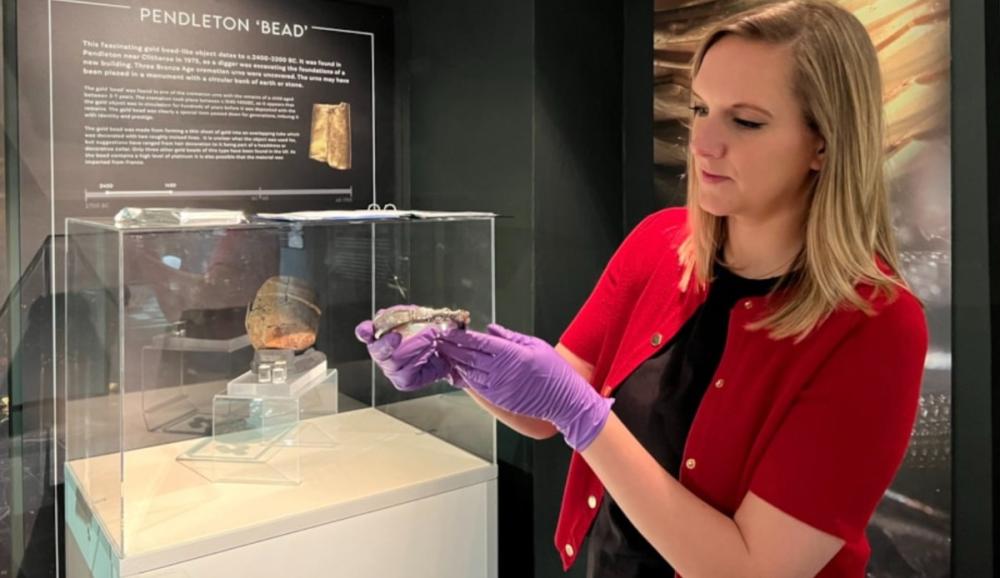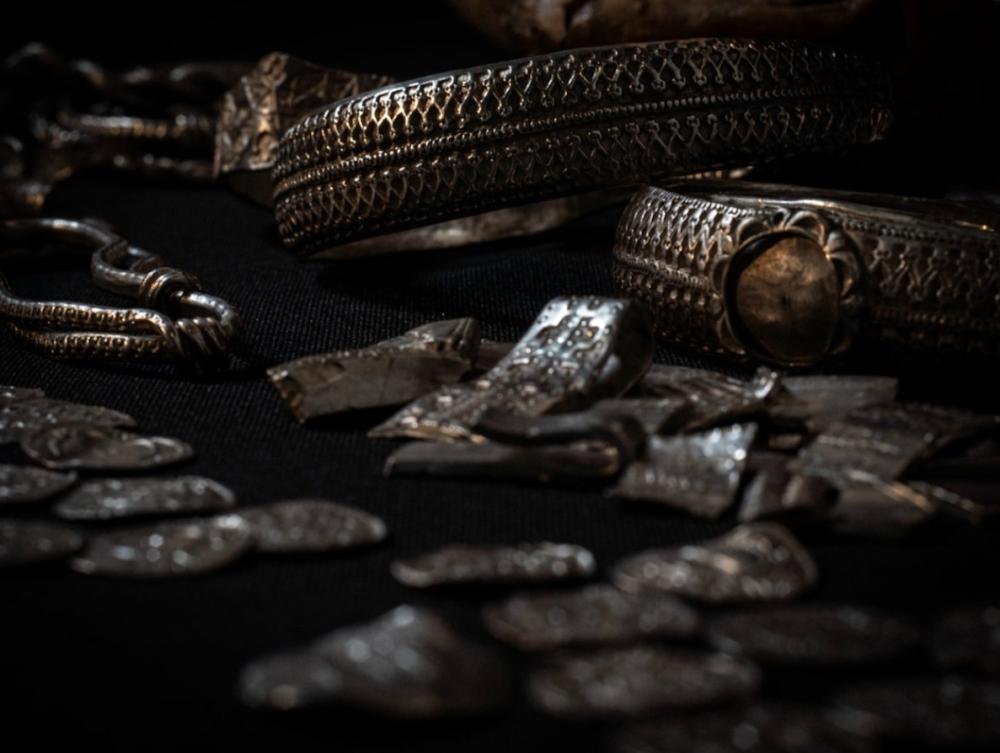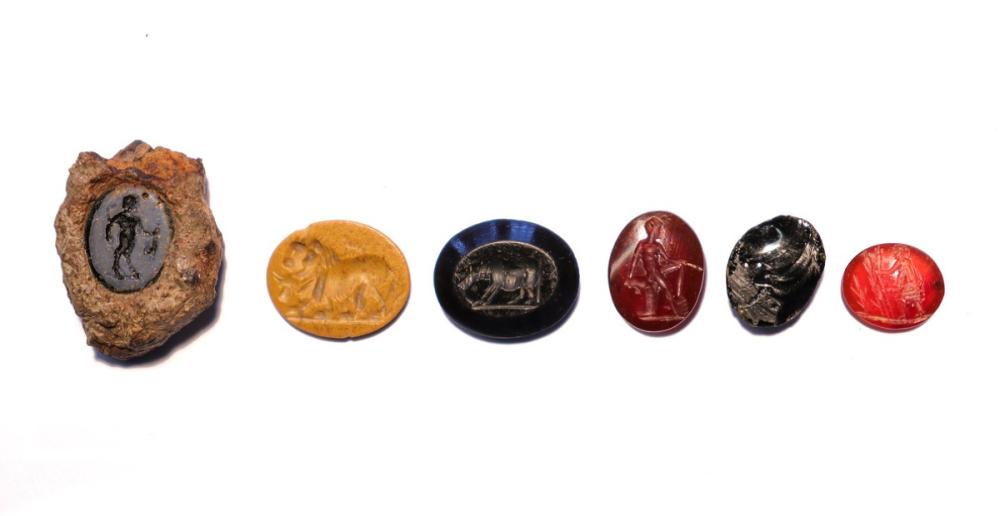
12:00 AM 24th July 2025
Archaeology Festival And Exhibition To Give Fascinating Glimpses Of The Past

Sarah Austin, curator at Lancashire Museums, holds a silver armlet from the 'Silverdale hoard,' one of the largest Viking hoards ever discovered in the UK, which consists of jewellery, silver ingots and coins. Courtesy of Lancashire County Council
The Festival of Archaeology runs at the same time as a rare exhibition called 'Hidden Hoards', which opened to the public on 11 July, featuring objects from the Early Bronze Age to Tudor Lancashire. These include Roman and Viking treasure, lost Tudor savings and misplaced Roman gemstones, discovered through archaeological excavation and metal detectors. The Viking treasure, known as 'the Silverdale hoard', consists of pieces of silver such as jewellery, coins and ingots, discovered near the village back in 2011.

The Viking treasure known as 'the Silverdale hoard,' consisting of pieces of silver such as jewellery, coins and ingots, which was discovered near the village in 2011. Courtesy of Lancashire County Council
The Silverdale hoard was buried between 900 and 910AD. It was found in the original lead container it was buried in. Some of the ingots have nicks marks, where Viking traders were checking for purity. There are also silver coins from the Islamic world known as Dirhams amongst the hoard. One coin came all the way from Baghdad on a Viking age ship, which really gives you a sense of the scale of the network of trade into Lancashire as part of the trade along the Silk Road.
Also featuring in the 'Hidden Hoards' exhibition, which runs until March next year, will be a collection of Roman silver coins, known as the 'Waddington Hoard,' a lost Tudor purse, a misplaced thimble and some lost Roman gemstones.
"The Waddington Hoard consists of 30 silver denarii which were found buried in a pottery bowl near Waddington." says Sarah. "They were probably someone's savings buried in the second century AD. Roman army veterans were sometimes given land to farm on their retirement, so it's possible that they belonged to a Roman army veteran who was farming out near Waddington. The last coin was from the time of the Emperor Hadrian."
Meanwhile a silver thimble from the 17th Century found in Whalley will also feature, she adds, along with some lost coins from the 1590s found in Barton near Preston which could have been lost by accident. Sarah adds: "Thimbles were often given as gifts to women by suitors or by their family, and this one has the initials AN on the top, which could be the maker's mark, or could be the initials of the woman it was given to. Perhaps this woman was walking through Whalley in the 1600s and dropped it by mistake."
"The heat of the baths sometimes melted the glue that adhered these gemstones to rings, which is why are found in large numbers in Roman bathhouse drains!”, says Sarah. “The gemstones on display belonged to people that had had a bad day at the bathhouse!"

Ribchester Roman Intaglios, gemstones found during excavations of the Roman bathhouse in Ribchester, Lancashire. Courtesy of Lancashire County Council
"I'm pleased Lancashire are part of this national celebration of our history and heritage. There are remarkable archaeological sites in Lancashire and these exhibits bring to life the Lancastrians of times gone by. I want to encourage everyone to visit Clitheroe Castle and discover the archaeology and heritage, and hope that the next generation of archaeologists and historians will be inspired by what they see."